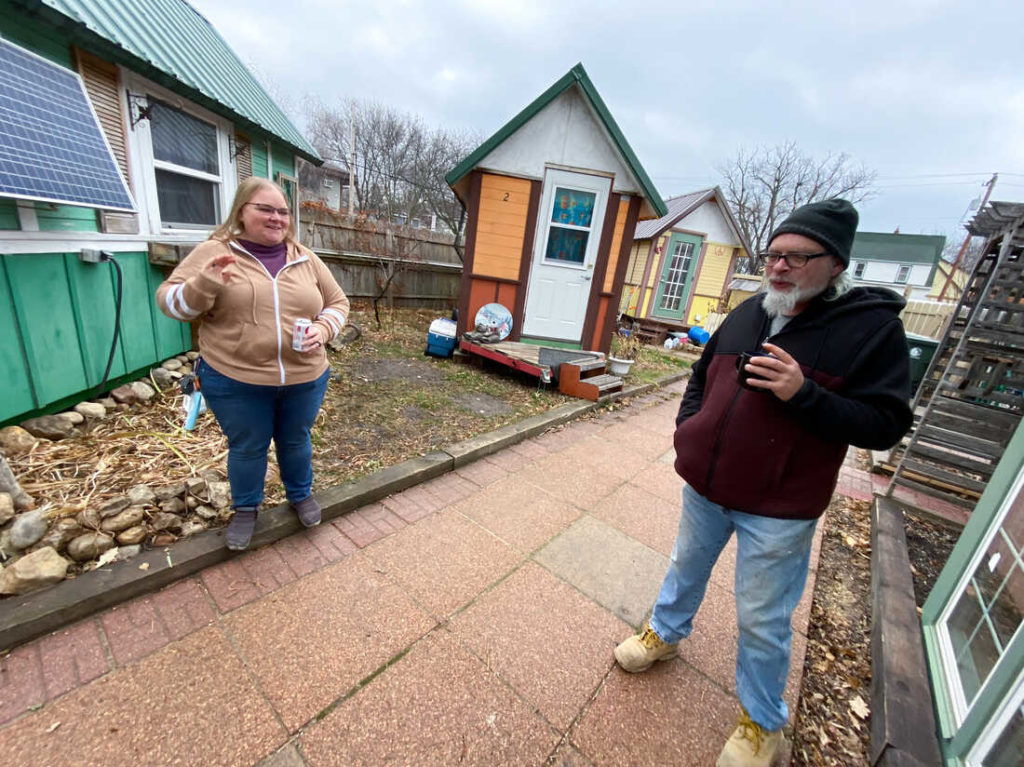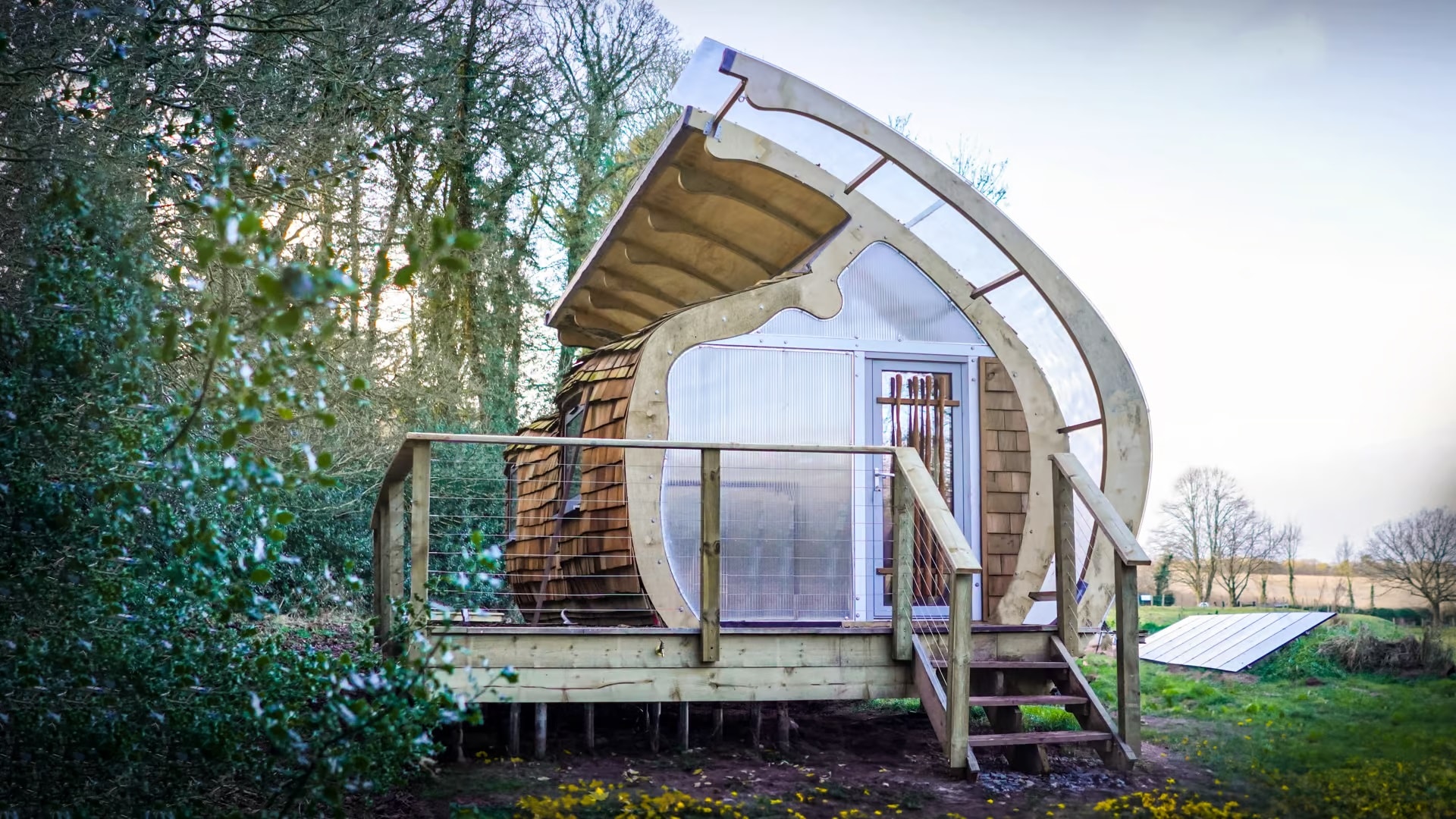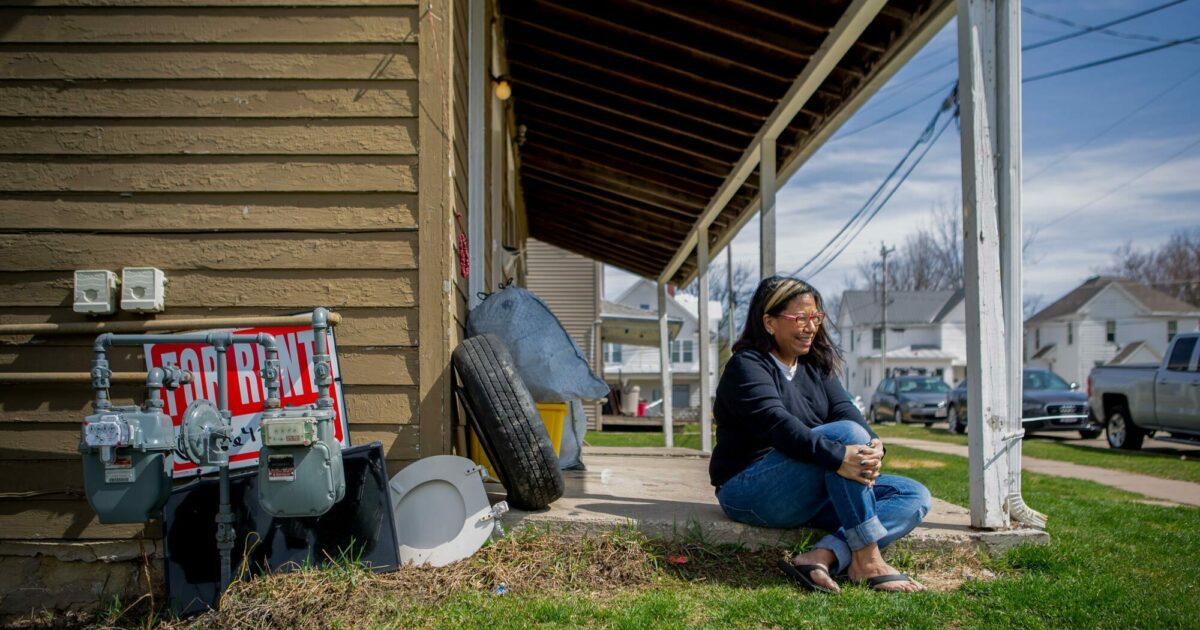Homelessness is a major problem in all areas of the country but few can match the real need as much as San Francisco.
It’s easy to see the problems caused by rising costs but it’s not as obvious how easily neighborhood opposition can derail a project, even when the funding and space is available — and the need is clear.

A San Francisco Mission district parking lot is scheduled to become an affordable housing development with construction beginning in 2025 and the tiny homes program was expected to fill the gap. “It’s always the same hand-wringing,” housing advocate Sam Moss said. “It’s never about taking care of our homeless, it’s always about how you’re going to feel about what it’s like to see homelessness.”
Providing tiny house plastic sheds and refurbished garden sheds for the homeless to live in and then putting them in vacant lots with no municipal services like water and sewer just makes the homeless more visible signs that these people are not equal persons in the eyes of the NIMBYs.
They are unsustainable. One can tell by looking at them. Why are we using our beautiful land for these shacks where no one wants to live?
Homeless people feel isolated and disbanded over everything else, even hunger. They might find food, but it’s damn hard to make a connection with the world. The solitary life, living alone, is pure desperation. After a while, Their emotions disappear. What makes “us” human, becomes “luxury” for them.

Many cities, tired of seeing homeless living under bridges and on the sidewalks in major cities like Seattle, Portland and Los Angeles, have turned to putting up 8 x 8 plastic boxes in vacant lots. Prices in 2020 for each of these folding plastic garden sheds have cost Los Angeles over $100,000 each. There is no running water or sewer in them. Those services are provided in communal buildings along with a laundry and kitchen.
The rules are very strict in these villages and the homeless must obey them or face eviction and then go right back on the streets. Many homeless refuse to go into these villages because they feel so dehumanized.
The homeless are becoming victims of cities and nonprofits not being able to afford the sheds, the communal services and the skilled employees needed to run the communities.
The NIMBYs are, in some cases, going to court to block homeless villages in areas that can be seen from their homes because of the fear of crime and drugs entering their neighborhoods. There are also those people that feel they can help with the homeless problem, but only if it’s in someone else’s neighborhood.
This is not a problem that has any quick or easy solution. It will take years and even then, is it even possible? Yes, there are quite a few successful homeless villages across the country. They should be studied and duplicated. Ask the residents what the people that operate are doing right. Talk to the organizers and learn from their mistakes and successes.
If this study has been done by a village, would they please share it with me at modcoach@gmail.com. I would be honored to help in any way I can through my networks.
The next time you’re driving through or past a very low-income housing project or homeless village, would you be comfortable living there? Would you ever invite a homeless person to your home for dinner? And would you welcome a homeless village into your neighborhood?
I ask myself those questions quite often.
Gary Fleisher, Contributing Editor



